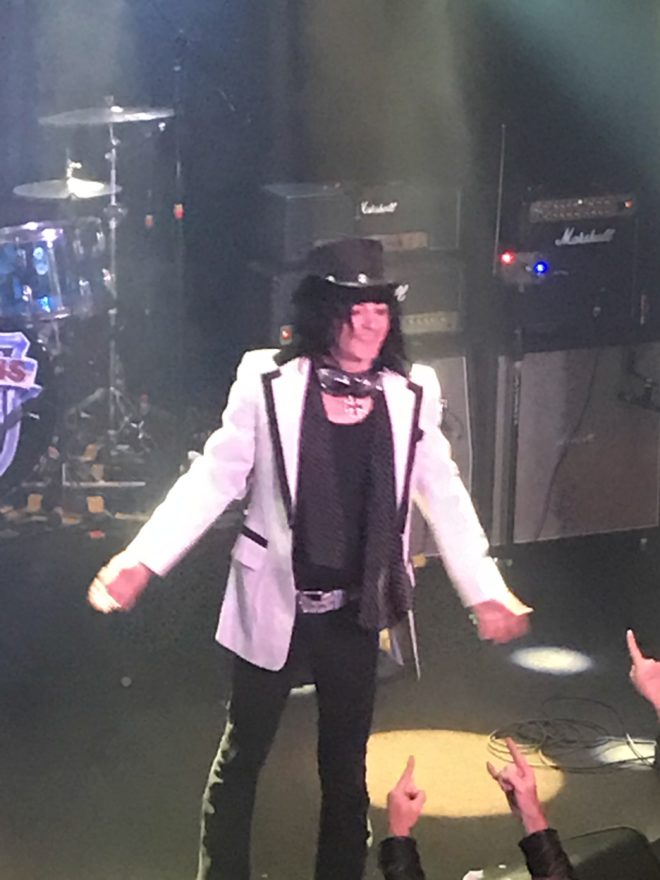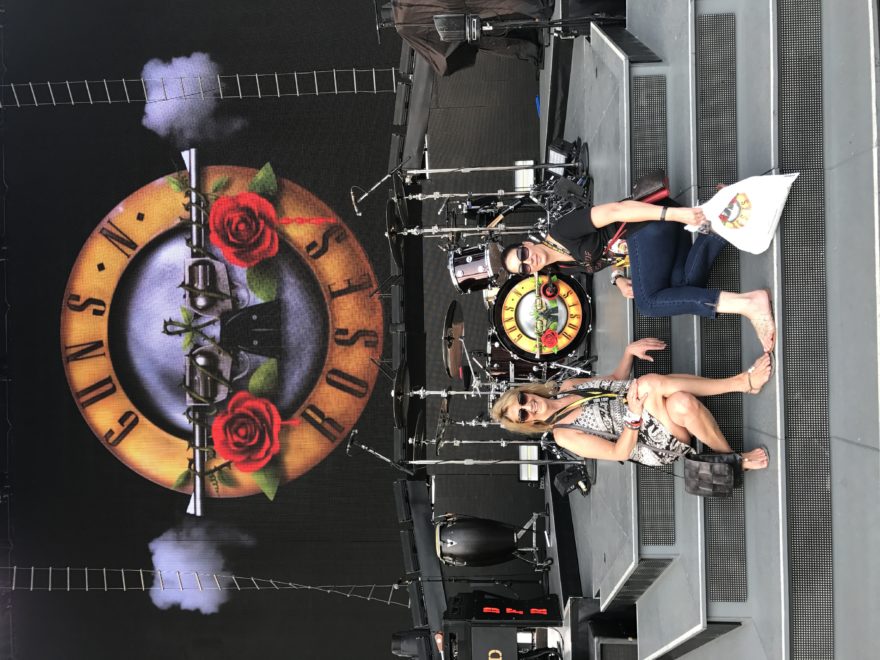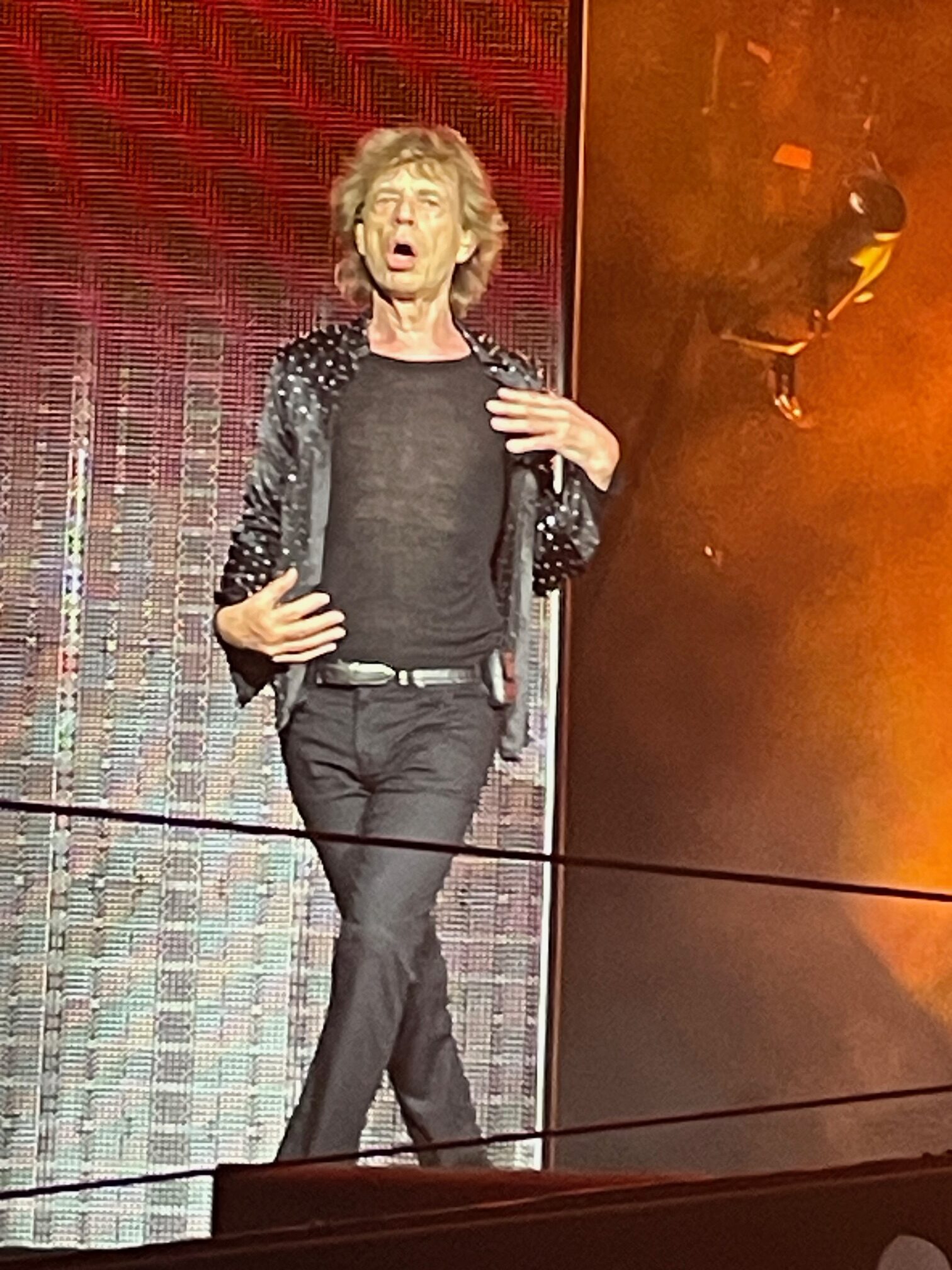There’s a lot happening in the U.S. recorded music industry right now! For the first time since enactment of the 1976 Copyright Act, and with some provisions dating back to 1909, sweeping legislative reforms introduced in December 2017 will generate the largest increase in compensation for songwriters in the history of recorded music. Why does this matter? Without songwriters there is no music. Why does this matter now? Since 2000, music piracy and changes in music consumption have devastated songwriter compensation. Where will this money come from? Projected strong growth in digital streaming consumption and sweeping operational changes in the clearance of composition copyrights will blaze this trail. Let me walk your through the key points and developments.
On December 21, 2017 U.S. House Reps. Doug Collins (R-GA) and Hakeen Jeffries (D-NY) introduced H.R.4706, The Music Modernization Act of 2017. NMPA Praises U.S. House introduction of The Music Modernization Act.
On January 24, 2018, U.S. Senators Orrin Hatch (R-UT), Lamar Alexander (R-TN) and Sheldon Whitehouse (D-RI) followed with introduction of S.2334, The Music Modernization Act of 2018, adopted in its entirety from the U.S. House bill, with wide bipartisan support, something that rarely happens on Capitol Hill these days. NMPA Praises U.S. Senate Introduction of The Music Modernization Act.
To provide some relevant background, you should know that there are two copyrights in recorded music, one for the actual song, written by the songwriter(s), with the copyright usually held by the music publisher(s); and one for the sound recording, recorded by the recording artist, with the copyright usually held by the record label. Most music listeners know the recording artist as this is the face of the performance. While some recording artists write their own material, and therefore also hold the composition copyright, a vast majority of recorded songs are written by songwriters that you probably don’t know. The recording artist and record label earn royalties based on free market negotiations. The songwriter(s) and publisher(s) earn royalties based on government mandated rates under a statutory compulsory license, in which they must grant use of the song. In the case of digital streaming services, a dominant and increasing form of recorded music consumption in our world today, the recording artist earns about 13 times more in royalties than the songwriter. The Music Modernization Act will change that.
The key provisions include a new standard for mechanical royalty rates for songwriters and publishers, for the digital delivery of music, based on a willing buyer, willing seller approach. It also permits rate courts to consider how much the recording artist is receiving in royalties for use of the sound recording, when setting performance royalties for use of the composition. Also very important, this legislation provides for the first time, an audit right for songwriters. It should be noted that songwriters receive two different royalties for digital streaming, the mechanical royalty paid directly by the Digital Service Provider (DSP), and a performance royalty paid by the songwriter’s Performance Rights Organization (PRO). Publishers and songwriters are aware that they have not always received the mechanical royalties due to them. They know this because upon review of their royalty statements, they see performance royalties for their digital streams with no corresponding mechanical royalty. Up until now, they had no ability to audit the DSPs and challenge this. With this new legislation, they will. It should be noted that the DSP’s have acknowledged that they are currently holding more than $1 billion in unpaid mechanical royalties for songwriters, simply due to the fact that they do not have the correct and complete identifying information to distribute these royalties. This new legislation will address this as well.
This leads into the next key point of the legislation, which will answer many of the questions you must have at this point, as to how these Digital Service Providers (DSPs) will fair in this new process. The Music Modernization Act provides for a new entity to be created, “The Collective”, to administer blanket licenses for mechanical digital streaming use, which will also serve as a “universal identifier database” of each composition copyright. Don’t worry, your tax dollars will not be footing the bill, nor will the music publishers. The DSPs will foot the bill. Why on earth would they do that? First, creation of “The Collective” and the adoption of blanket licenses will free DSPs from future copyright infringement liability. Second, the DSPs will enjoy significant cost savings under the new blanket clearance approach. Let me explain. Today, the DSP’s incur significant expense to clear the composition copyright for the songs on their service. Unlike the sound recording copyright, which they can simply clear through the record label, the composition copyright can only be cleared by tracking down ownership of 100% of the song. This task can be very difficult, time consuming, and expensive, as one particular song may have multiple songwriters and multiple music publishing firms, stretched across the globe, and probably identified differently for each. Today, there is no one entity that sources all this information. “The Collective” will change all that, as it will serve as a “universal identifier database” of each composition copyright. DSPs will clear rights through “The Collective” under one blanket license for all songs, eliminating the administrative burden of single song rights administration. The music publishers will be responsible for administration of “The Collective”, which also gives them the ability to protect their proprietary information, which is very important. Further, this “universal identifier database” will provide a level of transparency necessary to insure proper and full payment of royalties by the DSPs to songwriters and publishers.
PROs ASCAP and BMI will also benefit from a change in rate court oversight. Currently, there are two judges assigned specifically to hear rate court hearings. This bill will provide the opportunity to use randomly selected judges. It will also serve to assist in paying more free market Performance Royalty rates for music used in production. It will allow more data-driven decisions to be made by rate court judges in determining Performing Rights payouts from ASCAP and BMI. More on music production here.
The exclamation point to all of this was the recent outcome of the 2017 Copyright Royalty Board (CRB) hearings. On January 27, 2018, The Copyright Royalty Board (CRB) issued a press release announcing a dramatic increase in royalty rates for songwriters for the period 2018 through 2022. CRB dramatically increases rates for songwriters. The court increased the overall percentage of revenue paid to songwriters for interactive streaming services, from 10.5% to 15%, to be phased in over a five year period. Further, they removed the Total Content Cost (TCC) cap, giving publishers the benefit of a true percentage of what labels are able to negotiate in the free market. This will result in the most balance between record label and publishing rates in the history of mechanical licensing. The historical ratio of 13 to 1 will improve to 3.82 to 1. Further, a late fee has been added if the DSPs don’t pay up in time.
A tremendous amount of effort by songwriter advocates has led to this landmark rate increase and the crafting of the Music Modernization Act. Finding consensus among the wide group of interested parties with competing interests, is remarkable to say the least. This legislation has been endorsed by major songwriter and music publisher organizations SONA, AIMP, and the NMPA; Performance Rights Organizations (PROs) ASCAP and BMI, and the Digital Media Association (DIMA). It’s far from perfect, but it’s considered a huge win for music creators!
At the same time, like any good plan, there are issues and controversies and challenges still to solve. Wixen Publishing, who holds some important copyrights for songwriters like Tom Petty, Neil Young, and Janis Joplin, filed a $1.6 billion copyright infringement suit against Spotify in the final weeks of 2017. They are not happy with the Music Modernization Act provision that will relieve DSPs of infringement liability beginning in 2018 and are generally not happy with previous class action settlements. Wixen’s Spotify Lawsuit
As to challenges still to solve, I have one word, YouTube. The International Federation of the Phonographic Industry (IFPI) reports that of the 1.1 billion people worldwide who listened to subscription paid and ad supported digital streaming music in 2016, 900 million listened to YouTube. For those 900 million users, YouTube paid out $553 million in royalties. That’s 61 cents per listener. For the 212 million who listened to all other digital streaming services, the Digital Service Providers paid out $3.9 billion in royalties. That’s $18 dollars per listener. Lyor Cohen, YouTube’s new global Head of Music reports that YouTube pays $3 to music creators per 1,000 streams. He does not mention that YouTube is estimated to earn $13 per 1,000 streams. That’s a 77% gross profit margin for a product that makes up about 20% of Google’s P&L. Further, he claims YouTube pays better than Spotify. When he makes that statement he is referring only to ad-supported revenue. It’s not a meaningful comparison as YouTube is primarily ad-supported, while Spotify currently has 60 million paid subscribers and growing, out of a total 140 million subscribers. Spotify Premium pays $120 per user annually. Lyor Cohen on YouTube. Some will argue that YouTube offers valuable promotion for up and coming artists. The IFPI reports though, that very few users actually discover music on YouTube, that 76% of all YouTube music users listen to songs they already know.
While challenges still exist, the future is promising. The recorded music industry is in it’s third year of rising revenues, following 15 years of decline. Goldman Sachs projects that the global market will reach $41 billion by 2030, more than double the $15.7 billion we saw in 2016. The full year 2017 figures will be released soon and I will provide my usual annual update then. In the U.S., mid year 2017 results are very encouraging with retail revenues up 18% on strong growth in streaming. RIAA mid year 2017 results. 2018 will surely be heralded as a key year for music creators with the expected adoption of the Music Modernization Act!
In light of all this terrific news, it seems fitting to lead us out with these legendary Rockers, still at it five decades later “..I’ll take you places you’ve never seen..” Start Me Up!
Cover Photo Credits: LA Guns Lead Singer Phil Lewis New Year’s Eve 2018 The World Famous Whisky A Go Go






